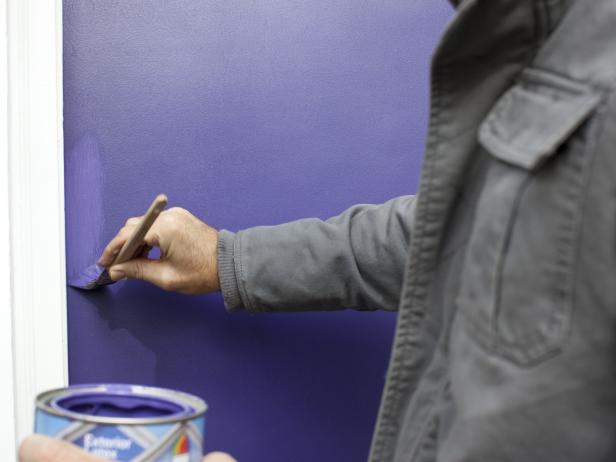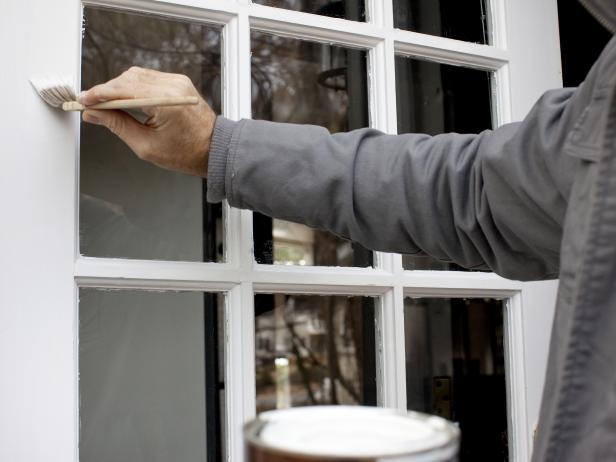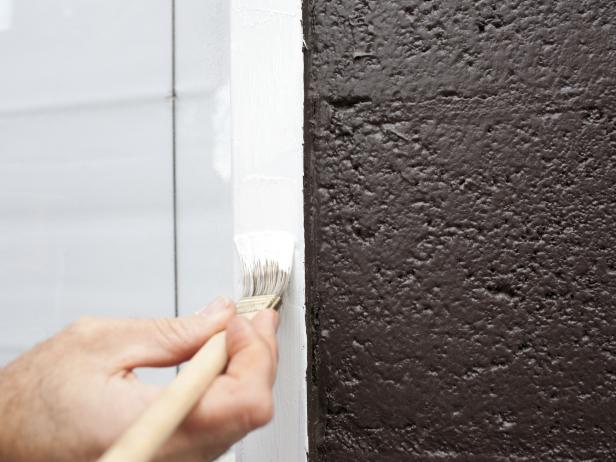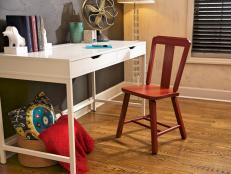How to Properly Paint Your Home's Exterior
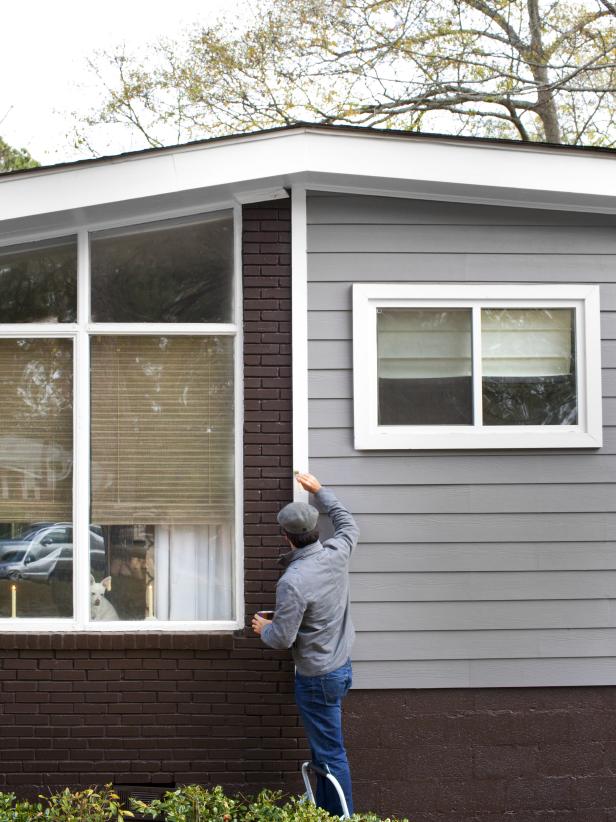
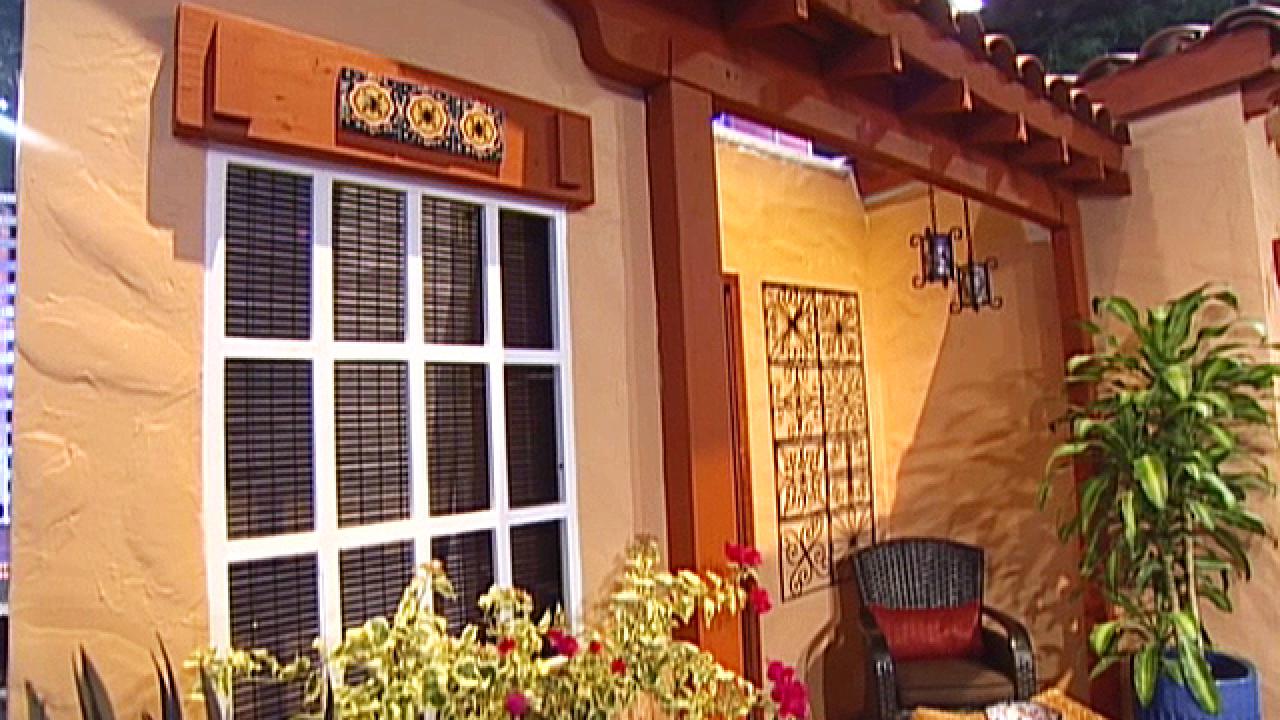
Materials Needed:
- exterior flat or eggshell paint
- exterior semigloss paint
- pressure washer
- paint sprayer
- paintbrush
- painter's tape
- drop cloths
- ladder
- paint scraper
- stain-blocking primer
- epoxy filler
- medium-grit sanding block
- spackle knife
- exterior caulk
- caulk gun
- plastic sheeting
Step 1: Pressure-Wash Walls
To ensure best coverage, remove dirt and dust buildup from house using a pressure washer. TIP: Work your way from top to bottom of house in a smooth, controlled manner, overlapping each stroke by 8 inches.

Step 2: Repair Damaged Surfaces
Walk around entire perimeter of house taking note of damaged surfaces such as: wood, masonry, metal, siding or stucco. Apply epoxy filler to cracks or holes using spackle knife. Once dry, lightly sand using medium-grit sanding block.
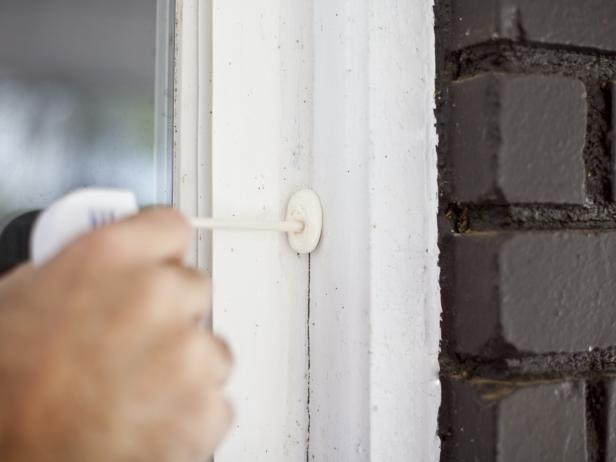
Step 3: Remove Loose Paint
Once exterior is dry, walk around perimeter of house taking note of any loose or chipped paint. Place drop cloths along ground, then remove chipped and loose paint using paint scraper or medium-grit sanding block.
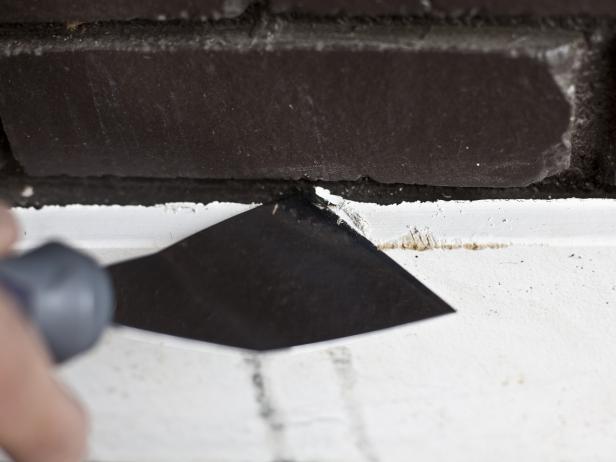
Step 4: Caulk Trim
Fill any gaps between house and trim around doors and windows using exterior caulk and caulk gun. If house has mixed materials such as siding and brick, add caulk along surface where different materials meet.
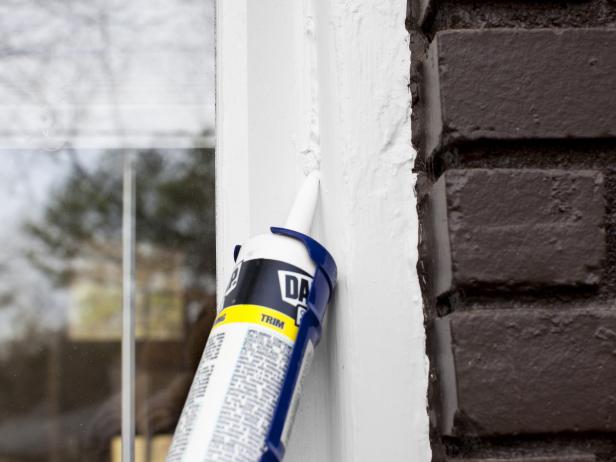
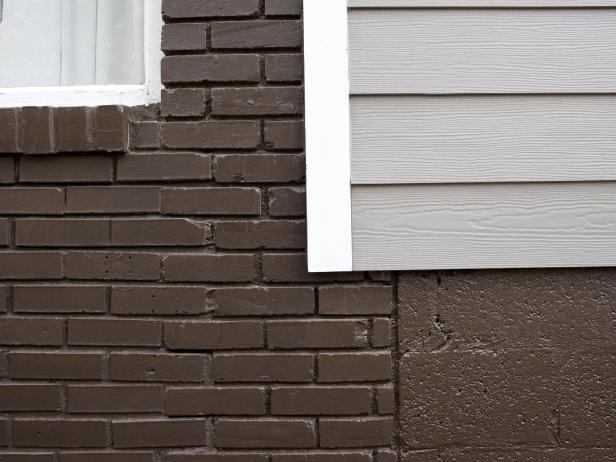
Step 5: Prime Stains
Examine exterior for any stains or visible wood knots. Apply one coat of stain-blocking primer to area using paintbrush.

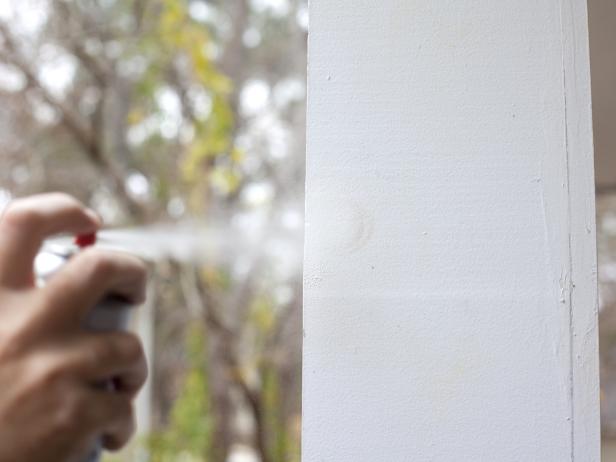
Step 6: Protect Doors, Windows and Lights
Cover doors, windows and lighting fixtures using plastic sheeting and painter’s tape.
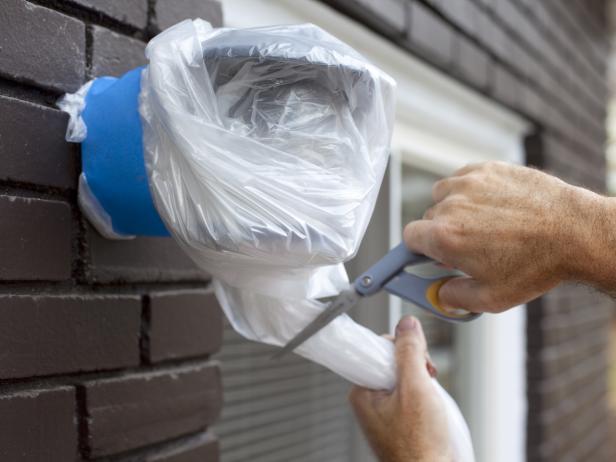
Step 7: Paint Exterior
Load flat or eggshell exterior paint color into paint sprayer. Depending on intensity of hue, apply one or two coats of flat or eggshell exterior paint to entire house. Be sure to work your way from top to bottom in a smooth, controlled manner, overlapping each stroke by 8 inches. TIP: When changing exterior color from light to dark or dark to light, start with a coat of primer to ensure proper coverage. Primer is not necessary when a fresh coat of existing color is being applied.

Step 8: Paint Trim and Doors
Remove plastic sheeting from doors, windows and lighting fixtures. Add two coats of exterior semigloss paint color to woodwork and doors using paintbrush. Remove drop cloths.
